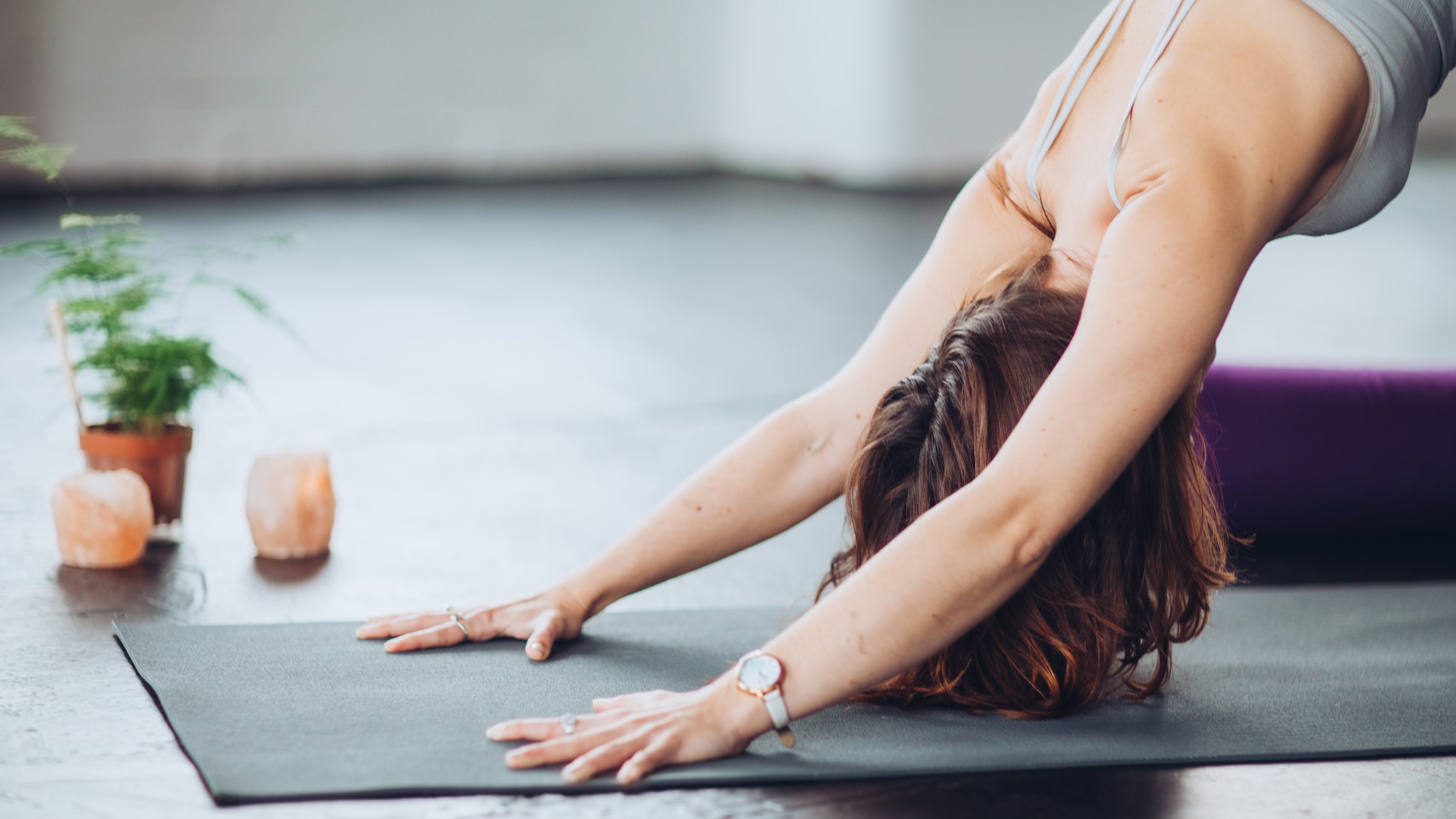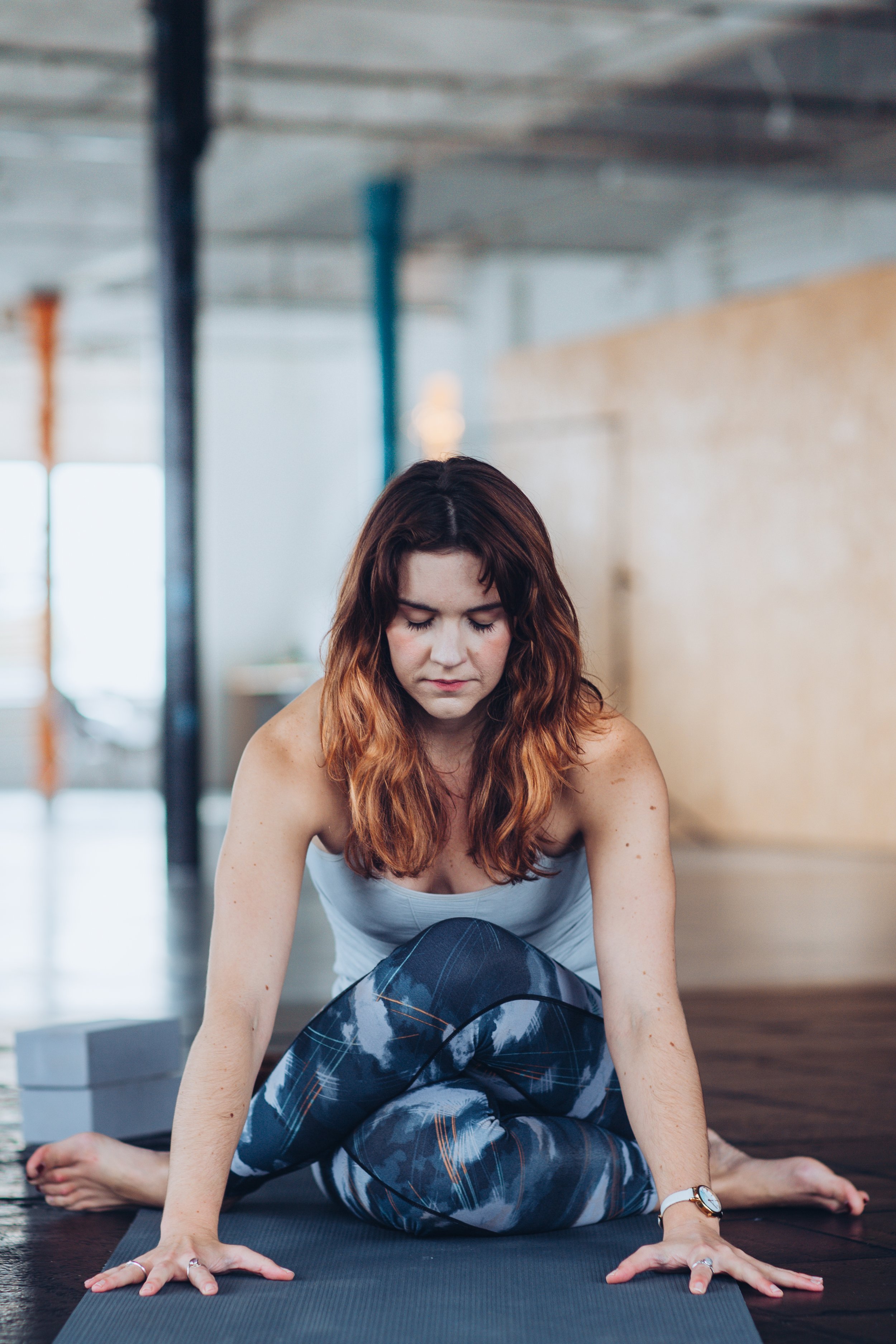7 Reasons Why Yoga is a Natural Remedy for Menopause Relief
Menopause and its transitional phase, perimenopause, mark significant stages in a woman's life. The journey through menopause can be challenging, as it brings about a range of physical and emotional symptoms that affect overall well-being. In the pursuit of effective relief, many women are turning to the ancient practice of yoga.
This blog delves into the compelling reasons why yoga is a valuable and natural remedy for managing menopausal symptoms and supporting a smoother transition.
Embracing Natural Wellness
Unlike Hormone Replacement Therapy (HRT), yoga offers a holistic and natural approach to managing menopausal discomfort. By consistently engaging in yoga practice, women can find solace in a mind-body connection that eases the challenges of peri-menopause and menopause.
Stress Reduction and Mental Balance
Yoga emphasises controlled breathing techniques known as pranayama, which have been proven to alleviate anxiety, promote mental clarity, and cultivate a sense of calm. Through practices like savasana (corpse pose), women can reduce long-term stress and enhance their ability to be present, both on and off the yoga mat.
Blood Pressure Regulation
Research indicates that postmenopausal women may experience increased blood pressure due to hormonal changes. Yoga provides a time-tested remedy, facilitating better oxygenation and circulation throughout the body. Regular practice contributes to maintaining healthy blood pressure levels during this transitional phase.
Joint Health and Flexibility
A consistent yoga practice has been shown to alleviate joint pain, an issue that becomes more prevalent with age and menopause. Strengthening joints and enhancing flexibility through yoga empowers women to lead active lives while managing potential discomfort effectively.
Taming Hot Flashes
Hot flashes are a common menopausal symptom, often attributed to excess "fire" energy in the body. Yoga's deliberate, rhythmic movements and postures like Ardha Baddha Padma Paschimottanasana (Seated Half-Bound Lotus Pose) and Supta Padmasana (Reclined Lotus Pose) can aid in releasing this energy, potentially reducing the frequency and intensity of hot flashes.
Enhanced Pain Tolerance
Regular yoga practitioners have demonstrated an increased tolerance for pain over time. By addressing aches and pains associated with menopause, such as neck and back discomfort, joint pain, and chronic pain, yoga can become a natural option for managing physical discomfort.
Supporting Weight Management
The hormonal changes during menopause can lead to weight gain. Consistent yoga practice, ideally three times a week for an hour each session, can assist in weight management efforts. Pairing yoga with other non-hormonal therapies like aromatherapy and meditation can amplify overall results.
Choosing the Right Yoga Practice
The multitude of yoga styles can be overwhelming, but consulting with an instructor can help women identify the most suitable practice for their menopausal symptoms. However, it's crucial to consult a healthcare practitioner before embarking on any exercise regimen, including yoga.
Specific Yoga Poses to Benefit Menopause
Yoga not only offers overall relief but also includes specific poses tailored to menopausal women's needs. Restorative and supportive poses are particularly effective during this phase. Avoid hot yoga, as it can exacerbate symptoms such as hot flushes and anxiety. It's recommended to focus on poses that release tension and provide support using props such as blocks, towels, and pillows.
Here are 8 specific yoga poses beneficial for menopause:
1 - Reclining Hero Pose: This is a relaxing pose that opens up the chest and stretches the quadriceps. To perform this pose, start by kneeling on the floor. Slowly lean back between your feet, ensuring your knees and lower back are comfortable. You can place a pillow under your head for support. Your arms can rest by your sides or extend overhead. This pose can help relieve irritability and fatigue associated with menopause.
2 - Bridge Pose: Bridge Pose is a spine-elongating pose that reduces stress, fatigue, and insomnia. Begin by lying on your back with your arms by your sides. Bend your knees and place your feet hip-width apart. As you exhale, lift your hips off the floor, creating a "bridge" with your body. Your shoulders, head, and feet remain on the floor while your hips and lower back lift. Hold the pose for a moment, then lower your hips back to the floor. Repeat this movement three times.
3 - Reclining Bound Angle Pose: This is a supported backbend that can reduce fatigue and improve respiration and circulation. Start by sitting on the floor with your feet pressed together, creating a bound angle with your legs. Place pillows or bolsters behind you for support. Slowly lean back onto the props, allowing your head to be supported as well. This pose is known for its rejuvenating effects and comfort.
4 - Standing Forward Bend: This stretches the hips and hamstrings. Begin by standing upright. Inhale, reaching one arm upward to elongate the side of your body. Exhale and lean forward from your hips, bringing your chest toward your knees. Bend your knees slightly and hold each elbow with your opposite hand, letting your upper body hang. This pose promotes flexibility and relaxation.
5 - Downward Facing Dog: This is an inverted V-shaped pose that stretches the upper back and legs. Start on all fours, then exhale and lift your hips towards the ceiling, forming an inverted V shape with your body. If you prefer support, place a pillow under your neck. This pose can help alleviate menopausal symptoms and headaches, while also enhancing flexibility.
6 - Legs Up the Wall: This pose involves lying on your back with your legs up the wall for support. To do this, scoot your hips close to the wall and extend your legs vertically against the wall. You can place a pillow or towel under your lower back for extra support. This pose boosts circulation and provides a sense of rejuvenation.
7 - Seated Forward Bend: This is a seated pose that involves reaching for your toes while sitting. Begin by sitting on the floor with your legs extended straight in front of you. Inhale, lengthen your spine, then exhale as you fold forward from your hips, aiming to reach your toes. You can use a strap if needed. This pose stretches the back of the body, promoting flexibility.
8 - Child's Pose: Balasana, or Child’s Pose, is a restful pose that reduces hot flashes and stress. Begin on all fours, then sit back on your heels and lower your upper body to the floor, reaching your arms forward or resting them by your sides. Your shins will be on top of a yoga mat, and your knees slightly wider than your hips. This gentle pose promotes relaxation while lightly stretching the legs and back.
Remember to approach these poses with mindfulness and within your own physical limitations. It's always a good idea to consult a qualified yoga instructor or healthcare professional before incorporating new poses into your routine, especially during menopause.
As women embrace the transformative stages of menopause, yoga emerges as a natural and empowering solution to alleviate symptoms and foster overall well-being. By incorporating yoga into their lives, women can navigate this transitional journey with grace, embracing physical comfort and emotional balance.
With its myriad benefits, yoga stands as a beacon of hope and support during the menopausal years.
Did you find this post useful? Get links to posts like this in your inbox by subscribing to my newsletter here.
with love,
Sally x




